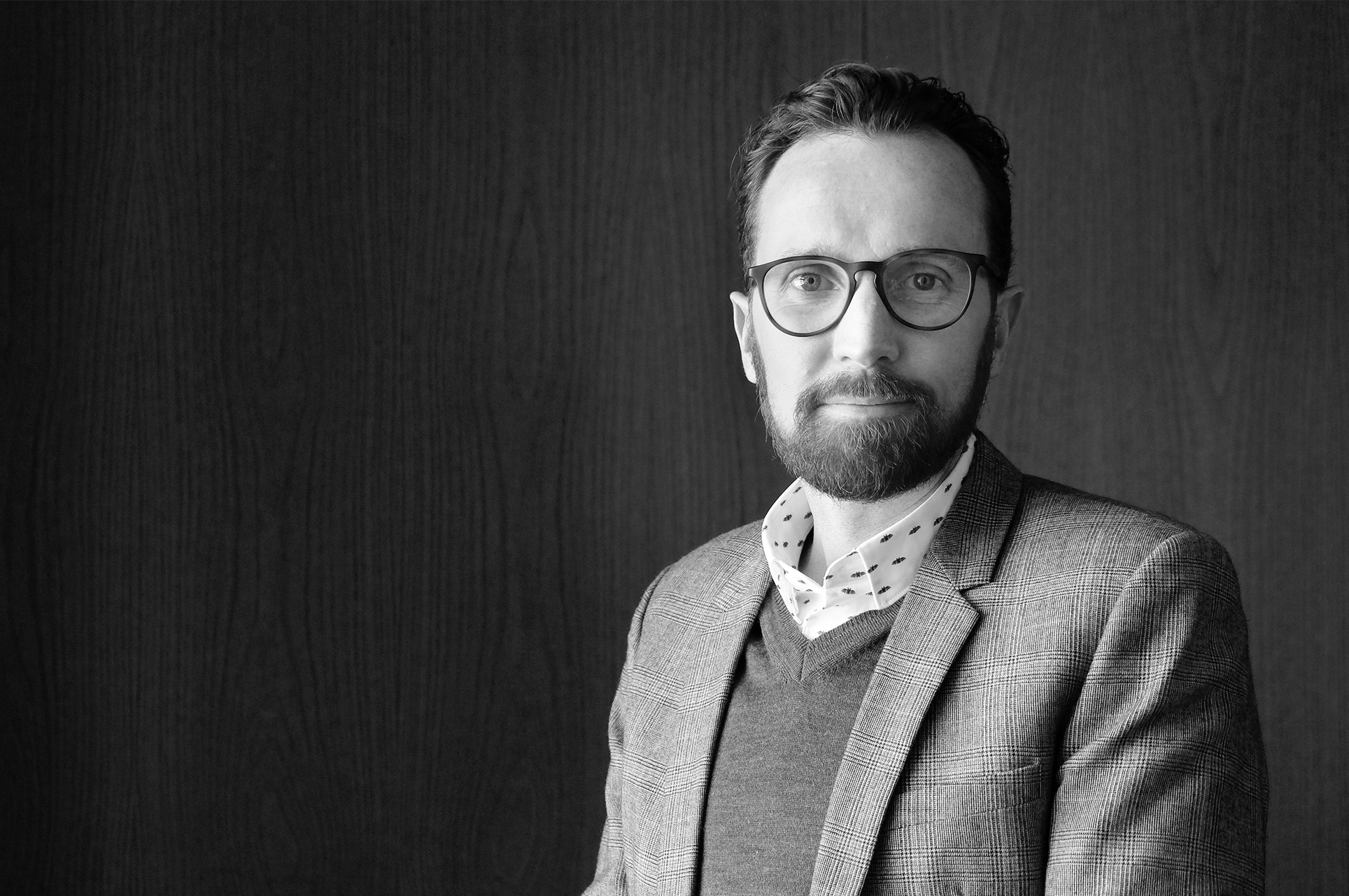Meeting with Heath Gledhill, Architecture & Design Integration Practice Leader at Aurecon in Australia.
April 9, 2021
Heath Gledhill is qualified in both design, management, and business as well as having a keen interest in Architecture, Urban Design, and Landscape Architecture. His passion for best practice project management combined with excellence in design and delivery, lead him to a Design Integration Practice Leader at Aurecon in Australia. Heath is part of the BLT Built Design Awards Jury panel and shared with us, his professional journey.
Can you tell us a bit about your professional journey? Where are you based?
I grew up in a small coastal town along the ‘Great Ocean Road’ in Victoria, Australia and have always been interested in the landscape.
From there I moved to Melbourne to study at RMIT University to study for a bachelor’s degree in Landscape Architecture, and have spent the remained of my time living and working predominately in urban environments.
My professional journey has afforded me time within the local government and consulting sectors (within Australia and multiple regions across the globe) and time within the Landscape Architecture, Urban Design, and Architecture fields. Across the journey, I have explored not only my design focus but the field of management and how this process impacts designed outcomes, which led me to undertake a Masters of Business Administration also to further support this interest.
What has inspired you to work in the Architecture and Urbanism fields?
Having grown up in a coastal landscape environment I have always been interested in the landscape and environment. This led to a natural progression to Landscape Architecture where I have been able to combine my interest in the landscape and the technical processes involved with complex projects.
Is there any specific processes or elements you make sure to include when working on large-scale projects like the Jumeriah Central and City Walk Central Park, in Dubai?
I think that it is always important to think not just about the project and its identified edges, but the broader place, context and connections. I firmly believe that the success of any project is as much about the design of the project itself as it is about understanding the place context and how people will access the site. This is especially important when you are considering large-scale sites and projects.
A method that my team has adopted is to think about the process in scales, starting with People, Places, and finally the City. This ensures that we think about how people will interact with the project and we can then consider the design aspirations from the human scale, as humans are the essential ingredient to activation of place.
What do you think are the biggest challenges and opportunities in your career/industry now?
I think that in a new, post-Covid world, one of the biggest challenges we face is how do we improve our cities and places to be safe yet inviting and accommodating the needs of the users.
One of the key areas that my team is exploring are the key ingredients which a city needs to flourish and considering how can we design road ecologies that regenerate, how can road environments be responsive to their context, and what level of amenity do individuals need to participate in resilient, joyous communities?
Post lockdown, Melbourne’s (as an example) urban environment is reacting to generously allow for human connection. Inner-city precincts are expanding bicycle networks and offering car spaces back to commercial enterprises in a bid to support community infrastructure and economy. We’re witnessing a re-imagining of road infrastructure and its role in supporting the vitality and health of our cities and people.
Design Integration has taught us that experiential qualities like ‘vitality’, ‘productivity’, and ‘liveability’ are often rooted in the quality, frequency, and richness of our connections with one another.
What are you working on at the moment, and do you have any upcoming projects or collaborations that you’re able to tell us about?
A core focus of my and my teams work now is focused around transport and the integration of these networks into our urban environments.
Two key projects which I am involved in at the moment with Melbourne (Australia) is the Airport Rail Link and Suburban Rail Loop projects, which are large scale, complex urban and precinct focused projects which will ultimately change the way in which people move and interact with the city, suburban areas and beyond.
These are once-in-a-lifetime scaled city-shaping projects, which are highly challenging, yet rewarding in their scope and long-term opportunity and legacy outcomes.
Last, aside from your passion for Architecture and Urbanism, what are you interested in?
In a pre-covid world, travel and exploring new places was a keen interest. Throughout my career to date, I have been lucky enough to travel to many places around the world exploring built form, urban and regional realms.


